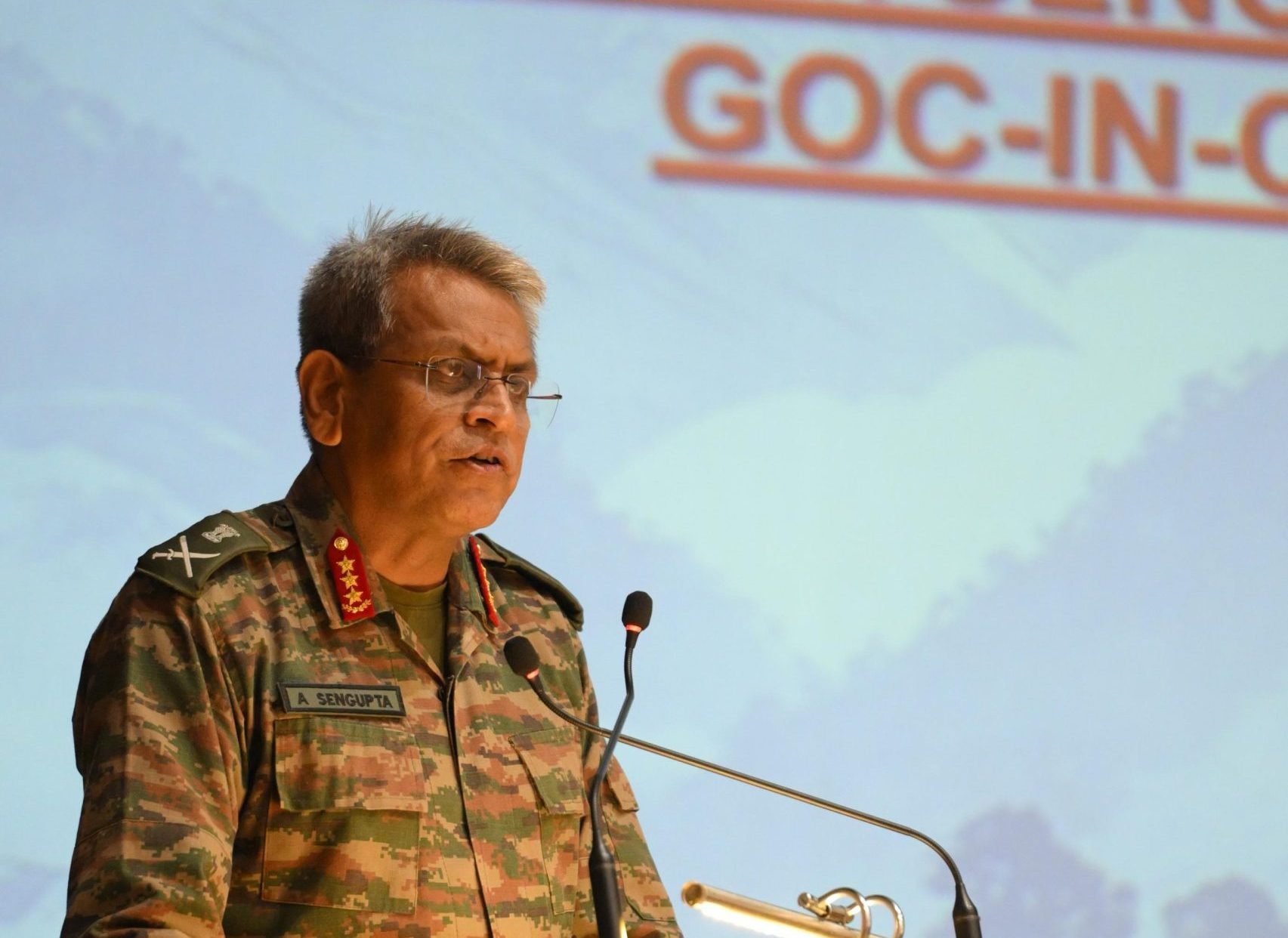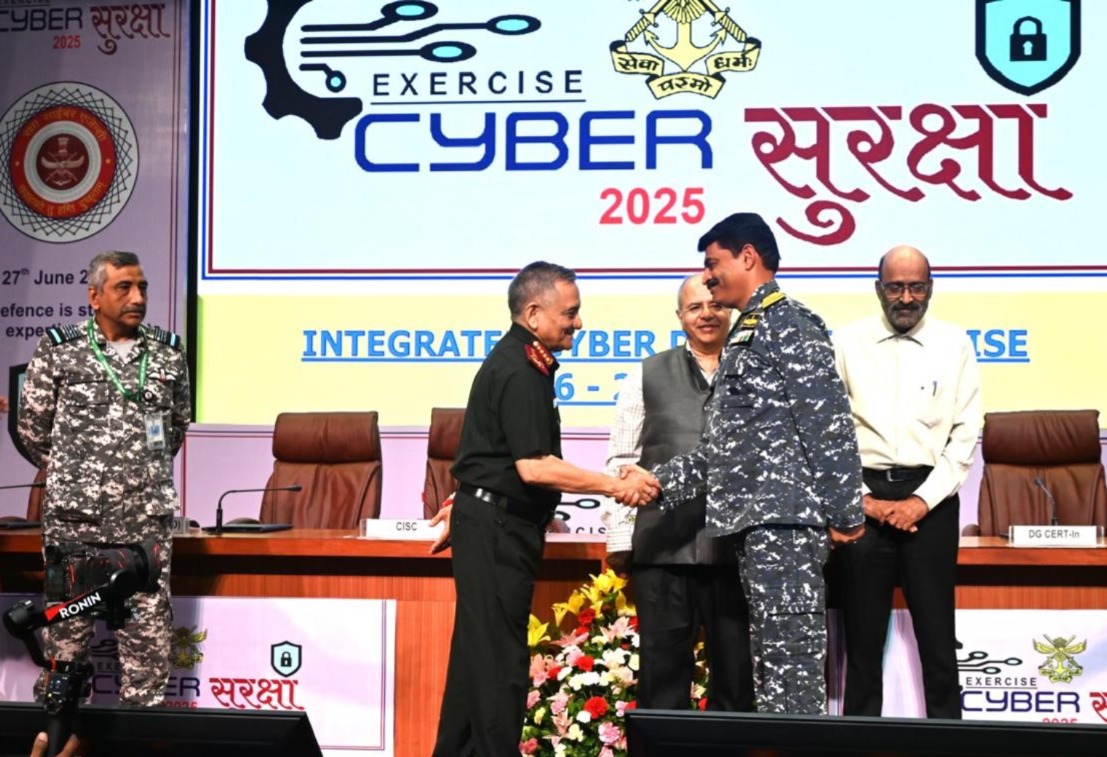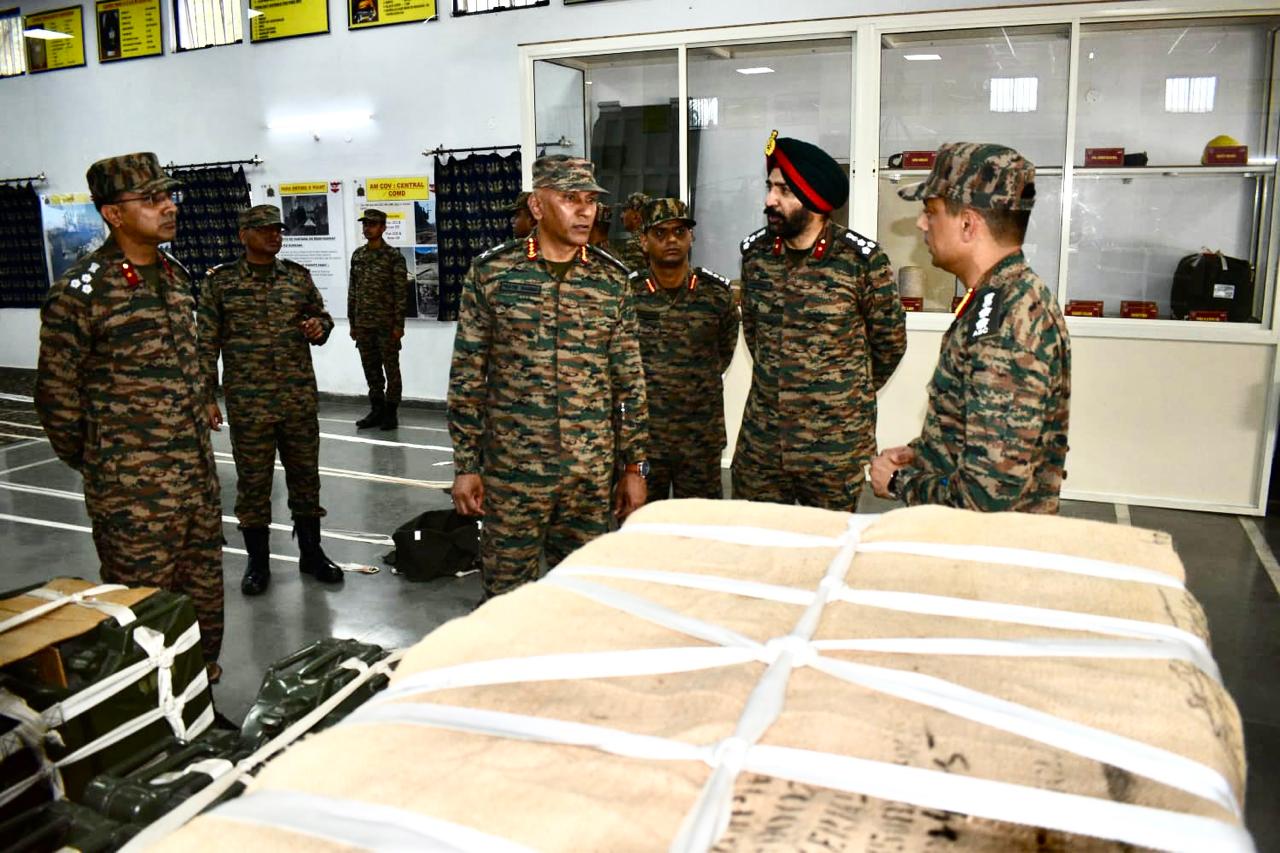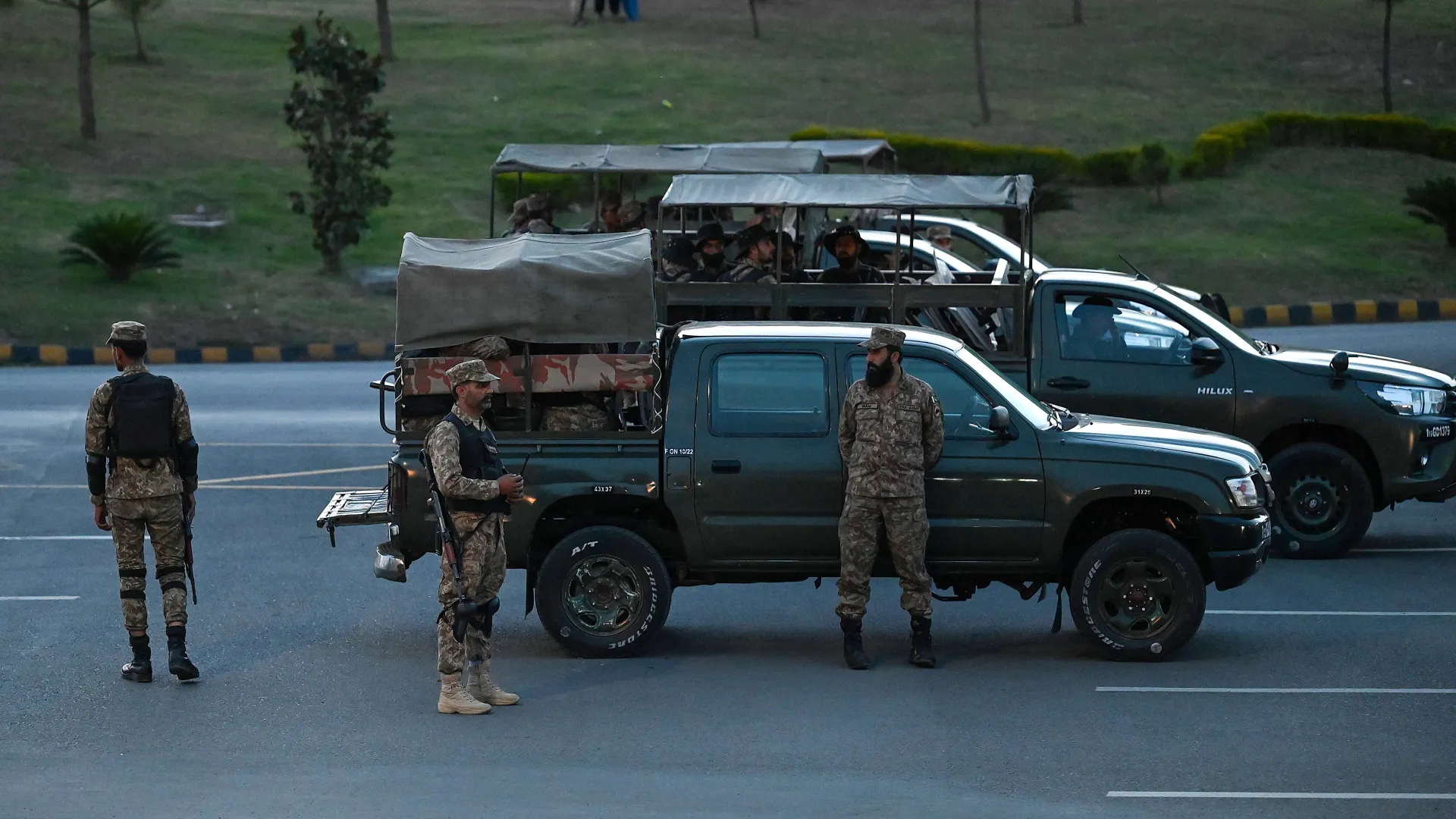Indian Army Hosts Seminar on Indo-Tibetan Heritage and Border Strategy in Shimla
The Indian Army’s Central Command organized a landmark seminar titled “Interwoven Roots: Shared Indo-Tibetan Heritage” today at DANFE Hall in…
India Concludes ‘Cyber Suraksha 2025’ Exercise to Boost National Cyber Defence
India’s flagship cybersecurity drill, Exercise Cyber Suraksha 2025, wrapped up on June 27 with a high-profile closing ceremony that marked…
Lt Gen Pratik Sharma Reviews Logistics at Chandigarh, Focuses on Tech-Driven Support
Lieutenant General Pratik Sharma, Commander-in-Chief of the Indian Army’s Northern Command, conducted a high-level visit to Chandigarh on Saturday to…
Pakistan Taliban Claims Responsibility for Suicide Attack That Killed 16 Soldiers in North Waziristan
In one of the deadliest attacks on Pakistani security forces this year, at least 16 soldiers were killed and more…
Meet Lt Cdr Harshul Bhat: The MARCOS Commander Who Led a Daring Rescue Against Somali Pirates
Lieutenant Commander Harshul Bhat, a brave officer from the Indian Navy’s elite Marine Commandos (MARCOS), has been awarded the Nau…
Pakistan Rebuilding Terror Launchpads and Camps Destroyed in Operation Sindoor: Intelligence Sources
Pakistan is actively working to rebuild and upgrade terrorist launchpads and training camps destroyed by the Indian Army during Operation…






